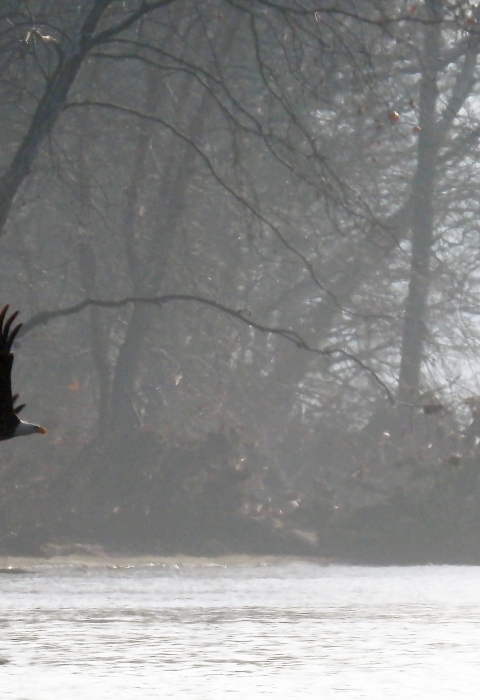The Neal family name has been prominent going back to the beginning of the area’s settlement. Captain James Neal, a Revolutionary War soldier, led the party of first permanent settlers from Pennsylvania to Parkersburg in 1785. He died in 1821, probably of yellow fever.
But the Island is named not for Captain James Neal, as one might suppose, but rather for two brothers who were unrelated to James. It is named for William H. and Alfred Neal, sons of Thomas Neal who came to the area in 1802 (Thomas arrived with 100 slaves to start a plantation, and was associated for a while with Blennerhasset before the Aaron Burr fiasco. Unfortunately, Thomas speculated in flour in 1813 and lost a fortune when a ship carrying flour to New York sank. He spent 3 years in a Marietta, Ohio debtor’s prison, where he contracted tuberculosis. Thomas briefly owned the island in the 1820’s, but lost it along with his large business empire after finally going bankrupt). When Thomas’s sons got old enough, they bought the island back again in 1836. The brothers owned and lived on the island from the 1830’s until 1875. William was a farmer (corn and potatoes, cattle and dairy) and a steamboat man, whose home was located near the head of the island. Alfred Neal ran a wood yard where steam boats got fuel in the 1830’s and 1840’s; his home was on higher ground near island’s toe. A young Stonewall Jackson and his elder brother, Warren, visited and occasionally stayed at his uncle Alfred’s house.
The history of the island goes back much further than the Neal brothers. It is first mentioned in 1783 as “Parkerson Island,” when John Fitch and party hunted deer on the island, described as the first island above the mouth of the Little Kanawha. By the late 1780’s, it was owned by John and William James and was called “James Island.” By 1797 (while the James family still owned it), Jesse and Mary Lowther settled on the island, probably as squatters. At least one of their children, Elias, was born on the island. The island has also been the venue for at least one wedding, when Abigail James married Judge David Paine on the island in 1801. By 1814, after the James’ lost their island (for failing to pay taxes), Cole’s farm and tavern was established at the head of the island on the right bank, just below Congress Creek.
Of course, the human history of the area goes back well before these early pioneer histories. A Fort Ancient village and burial ground were located at the site of the current day steel mill right across the backchannel from Neal’s Island. Beads, arrowheads, and other artifacts were found there and 11 or 12 skeletons were scooped out when the Parkersburg floodwall was built. In a natural stone ridge that used to stretch across the backchannel, there were a series of conical depressions or “mortars” used by native Americans to grind corn. This feature was drowned when the dams were built, raising the level of the river surface.
Today, there is little evidence of the islands complex history. Taverns, homes, farm buildings and industrial remnants all have vanished. The heart of the island is a tangle of briars where the last farm fields were cut. The most outstanding feature on the island is now the nature; the head of the island has some of the largest trees to be found anywhere in the mid-Ohio Valley. When bald eagles flooded back into the area around 2010, a large sycamore became a prominent and highly visible nest site, used continuously for many years. A member of the Native Tree Society found that the island is home to at least five West Virginia state record trees: the tallest Pawpaw, Boxelder, American Elm, and Eastern Cottonwood are all found on the island. Additionally, a Red Mulberry holds both the height and circumference record for the state. A trip to the head of the island is thus a glimpse into the past, a small taste of what it might have been like when the first settlers (native american or otherwise) moved into the area.
Public Access: Belpre, OH, public access ramp off Blennerhassett Ave.



